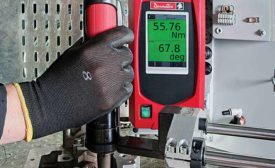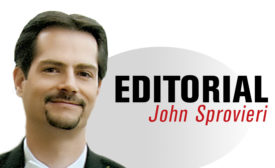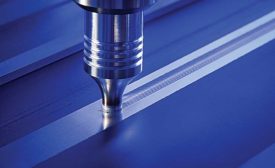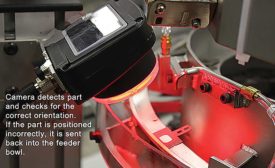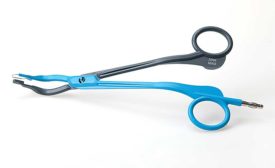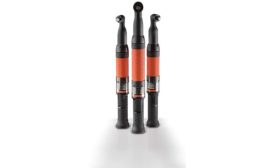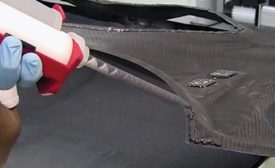John Sprovieri
John has been with ASSEMBLY magazine since February 1997. John was formerly with a national medical news magazine, and has written for Pathology Today and the Green Bay Press-Gazette. John holds a B.A. in journalism from Northwestern University, Medill School of Journalism.
ARTICLES
The best fastening technology is only as good as the specifications they’re designed to maintain.
Read More
Software Aids Harness Design at Porsche
To manage the increasing complexity of vehicle electrical systems, Porsche relies on object-oriented, database-driven design software.
October 19, 2017
Friction Stir Welding Expands Its Reach
Originally developed for joining aluminum, friction stir welding is now being applied to other materials, including steel, copper, titanium and even nylon.
October 12, 2017
What’s New With RFID
RFID technology has become critical for assembling cars, appliances and other high-value, high-mix products.
August 7, 2017
Using Urethane Adhesives
Available in one- and two-component formulations, urethane adhesives are ideal for bonding metal, plastic and composites.
August 7, 2017
Never miss the latest news and trends driving the manufacturing industry
Stay in the know on the latest assembly trends.
JOIN TODAY!Copyright ©2024. All Rights Reserved BNP Media.
Design, CMS, Hosting & Web Development :: ePublishing

